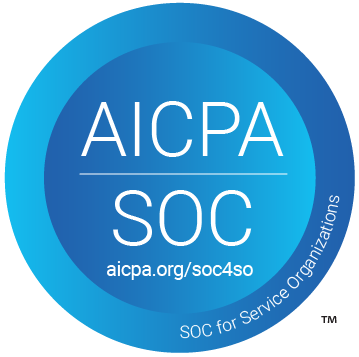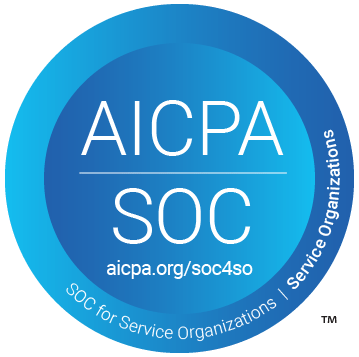Learn how to automate notifications for new Google Ads leads to Slack using Pabbly Connect. Step-by-step tutorial on setting up the integration. Discover hidden automation capabilities within your existing tools. This guide shows you how to connect your essential applications and permanently eliminate redundant manual processes.
Watch Step By Step Video Tutorial Below
1. Accessing Pabbly Connect for Google Ads and Slack Integration
To automate notifications for new Google Ads leads, start by accessing Pabbly Connect. Go to the Pabbly Connect website by entering Pabbly.com/c/connect in your browser. Sign in if you are an existing user or sign up for free if you are new to Pabbly Connect, which offers 100 tasks monthly at no cost.
After signing in, you will see the dashboard where all Pabbly applications are listed. Click on Pabbly Connect to access your workflows. Here, you can create new workflows to link Google Ads and Slack, enabling automated notifications for your team.
2. Creating a Workflow in Pabbly Connect
Once in Pabbly Connect, click on the ‘Create Workflow’ button. You will be prompted to name your workflow. For this integration, name it ‘Notify Team on Slack for New Google Ads Leads’ and select the appropriate folder to save it. Click on ‘Create’ to proceed.
After creating your workflow, you will see two boxes labeled ‘Trigger’ and ‘Action.’ In the Trigger box, select Google Ads as your trigger application and choose ‘New Lead Form Entry’ as the trigger event. This sets up the automation to activate whenever a new lead is generated in Google Ads.
3. Connecting Google Ads to Pabbly Connect
To connect Google Ads with Pabbly Connect, you will need a Webhook URL. This URL acts as a bridge between Google Ads and Pabbly Connect. Copy the provided Webhook URL from your Pabbly Connect workflow and navigate to your Google Ads account.
- Go to the campaign section and create a lead form that includes fields like first name, last name, phone number, email address, city, and company name.
- In the lead delivery options, paste the Webhook URL and enter a random key.
- Click on ‘Send Test Data’ to ensure the connection is successful.
After sending the test data, return to Pabbly Connect to check for the Webhook response. If successful, you will see the test data reflected in your Pabbly Connect dashboard.
4. Setting Up Slack Notifications in Pabbly Connect
With Google Ads successfully connected, the next step is to set up Slack notifications. In the Action box of Pabbly Connect, select Slack as your action application and choose ‘Send Channel Message’ as the action event. Click on ‘Connect’ to create a connection with Slack.
You will need to enter your Slack token type (User or Bot) and grant permissions for Pabbly Connect to access your Slack account. Once connected, select the channel where you want to send notifications, such as ‘Google Ads Leads.’ Then, draft the message to be sent to your team, including lead details like first name, last name, email, phone, company, and city.
- Use mapping to dynamically insert lead details from the Google Ads response into your Slack message.
- Ensure the message is clear and instructive, prompting your team to follow up promptly.
After completing the message setup, click on ‘Save and Send Test Request’ to verify if the message is successfully sent to your Slack channel.
5. Conclusion: Automating Google Ads Notifications with Pabbly Connect
In this tutorial, we explored how to use Pabbly Connect to automate notifications for new Google Ads leads to Slack. By following the steps outlined, you can easily set up this integration to keep your team informed about potential leads in real-time. This not only streamlines communication but also enhances your team’s response time to leads.
Ensure you check out Pabbly Connect to create business automation workflows and reduce manual tasks. Pabbly Connect currently offer integration with 2,000+ applications.
- Check out Pabbly Connect – Automate your business workflows effortlessly!
- Sign Up Free – Start your journey with ease!
- 10,000+ Video Tutorials – Learn step by step!
- Join Pabbly Facebook Group – Connect with 21,000+ like minded people!
Utilizing Pabbly Connect for this integration allows for seamless automation between Google Ads and Slack, ensuring that your team is always up-to-date with the latest lead information.






